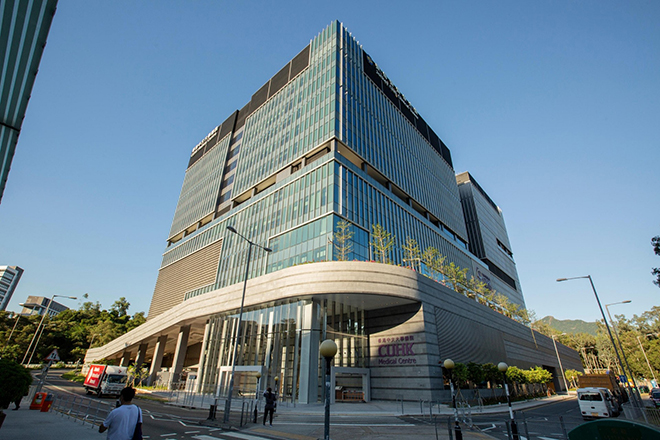- NuboMed
- Smart Hospital
- Overview
- Pharmacy
- Inpatient Ward
- Operating Room
- Products
- Intelligent Closed-loop Medication Management System
 Medication Management Cabinet
Medication Management Cabinet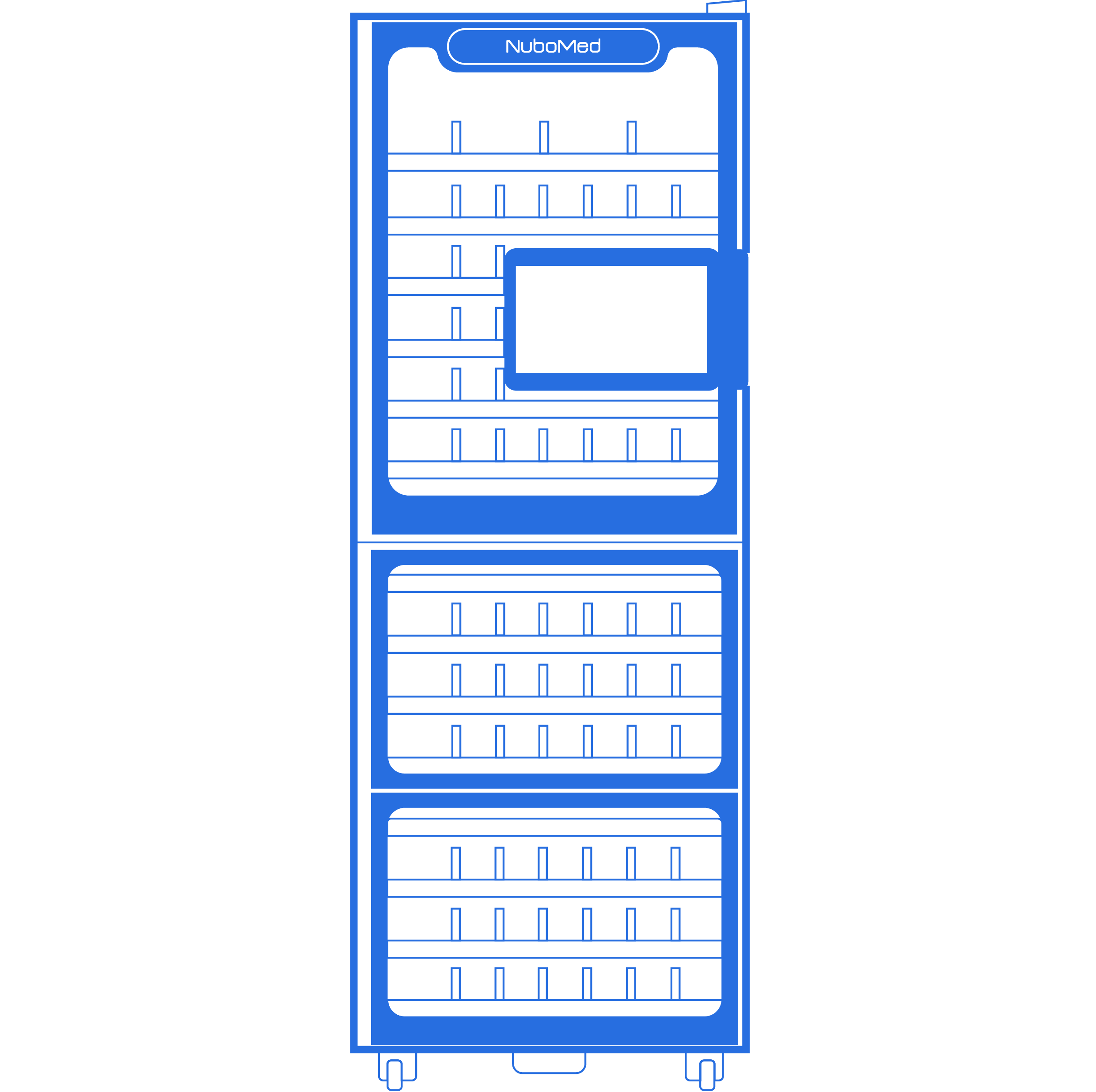 Medication Management Cabinet -Shelf
Medication Management Cabinet -Shelf Medication Management Cabinet-Glass Door
Medication Management Cabinet-Glass Door Medication Management Cabinet - Refrigerator
Medication Management Cabinet - Refrigerator Controlled Substance Management Cabinet
Controlled Substance Management Cabinet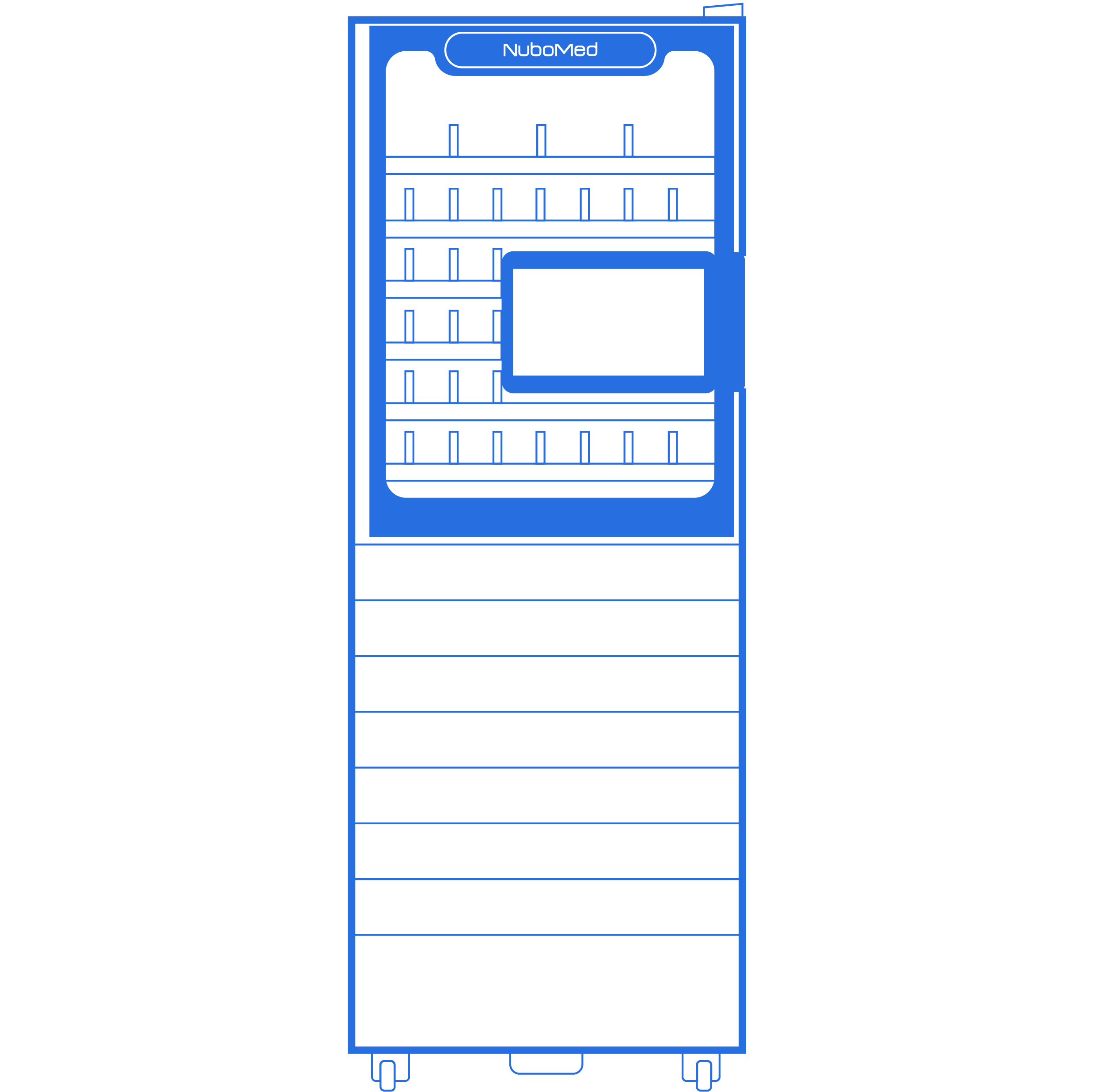 Medication Management Cabinet - Composite
Medication Management Cabinet - Composite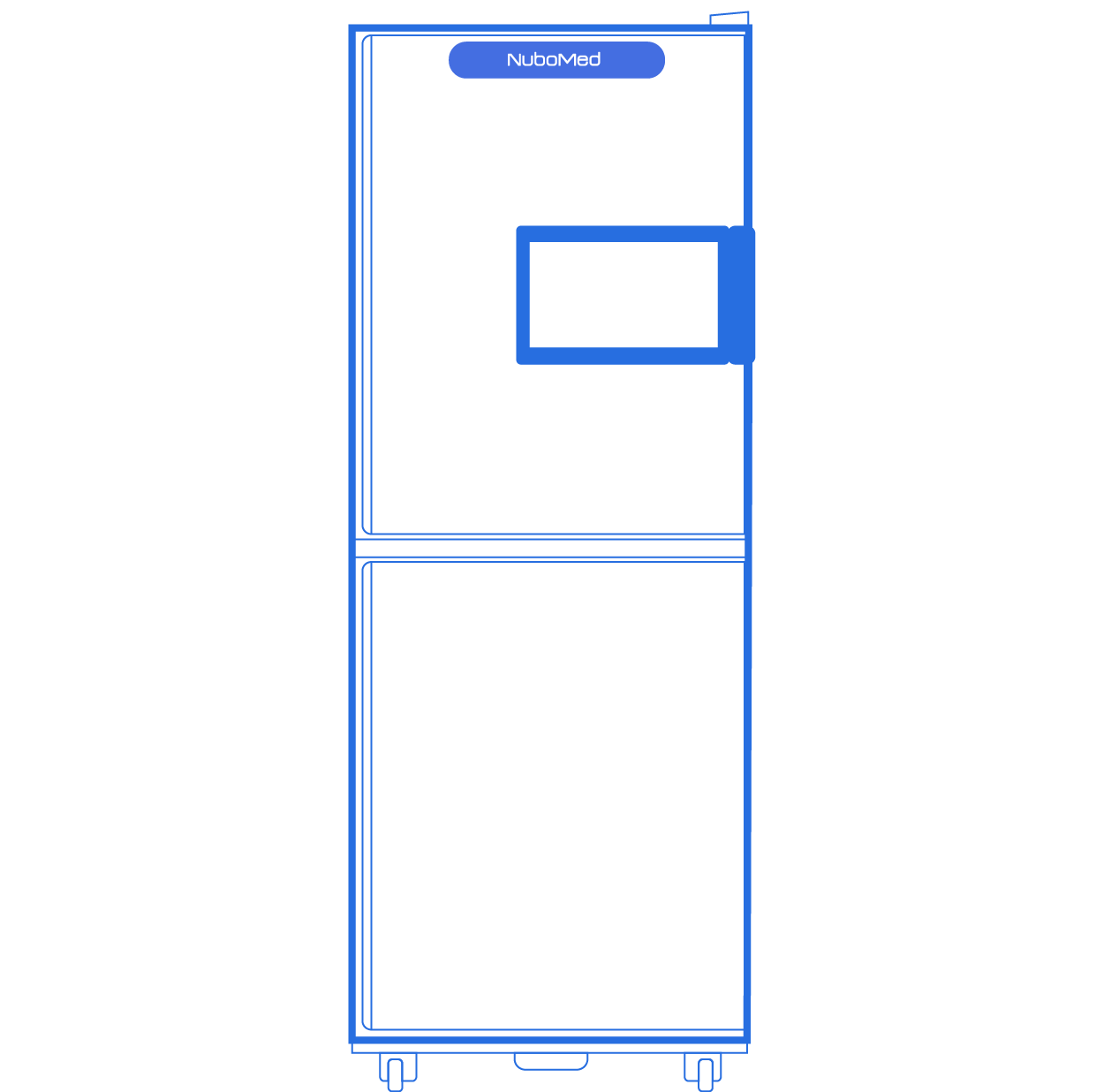 Medication Management Cabinet - Safe
Medication Management Cabinet - Safe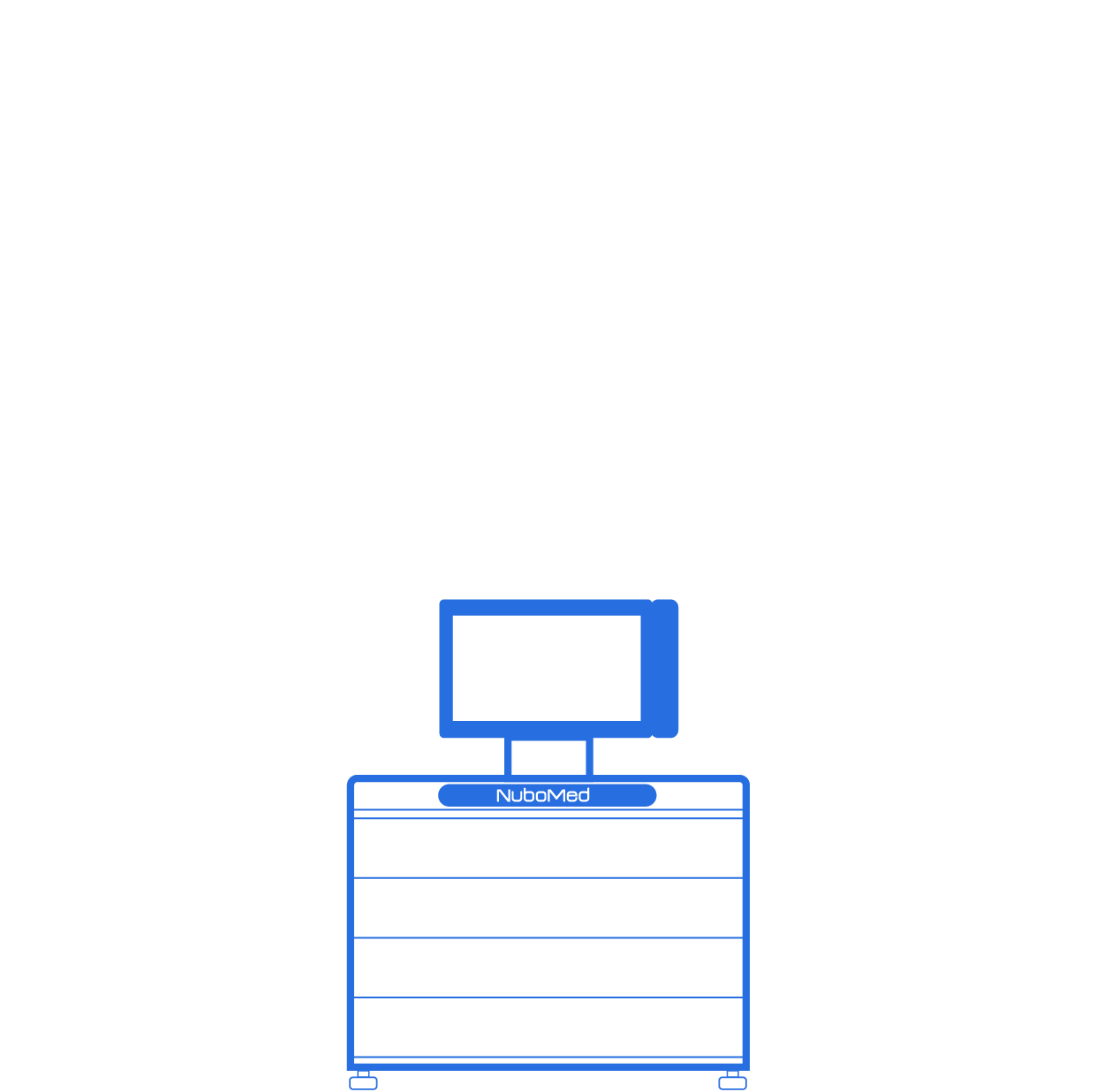 Countertop Medication Management Cabinet
Countertop Medication Management Cabinet
- Intelligent Closed-loop Medical Supply Management System
 Medical Supply Management Cabinet - RFID
Medical Supply Management Cabinet - RFID Medical Supply RFID Room
Medical Supply RFID Room
- Smart Medical Cart
 Medical Cart
Medical Cart Treatment Cart
Treatment Cart Nurse Cart
Nurse Cart Medicine Dispensing Cart
Medicine Dispensing Cart
- Case Studies
- About Us
- Company Intro
- Blog
- FAQ
- Home>
- About Us>
- Blog
How to achieve the 5R rule using the closed-loop medication management system?
SolutionHospital Automation
2022-07-09 15:40:33

Correct prescription, transfer, distribution, and administration of medication are fundamental in clinical medication management. The five rights (5R) rule of medication use is generally accepted as a standard for safe medication practices. The use of technology to support the 5R rule continues to expand, which makes thoughtfully designed, reliable, easy-to-use workstation solutions even more important. Closed loop medication management is the optimal approach.
What are the Five Rights (5R)?
According to the Institute for Safe Medication Practices (ISMP), the five rights are not the “be all that ends all” in medication safety. They are merely broadly stated goals or desired outcomes of safe medication practices that offer no procedural guidance on how to achieve these goals. “R” stands for “right” and 5 rights are:
1. The right patient
2. The right drug
3. The right dose
4. The right route of administration
5. The right time
That is, healthcare practitioners should be accountable for giving the right drug to the right patient in the right dose by the right route at the right time. It was developed as a checklist to reduce medication errors and subsequent adverse events. However, human factors in the implementation of the 5R remain a hindrance. How can a nurse know for sure that he or she is administrating the right drug to the right patient?
Now solutions with innovative technology now exist. If you wish to achieve the 5R goal, a closed-loop medication management system should be used to ascertain “the five rights”. Closed loop medication means that the whole medication chain should be electronic and that at no point in the chain is the data transferred via printed matter. Medication data is thus in real-time at every stage and immediately available to the people participating in the patient’s care. Nowadays, data systems and automation technology can be utilized at various stages of the medication care process, thereby eliminating many of the most common errors.


1. Electronic Prescriptions
An electronic prescription is a digital version of a paper prescription. With the prescription tool integrated into the Electronic Health Record, healthcare practitioners can enter the prescription into a mobile device or computer and receive any alerts on any allergies the patient may have and other safety warnings directly while prescribing the medications.
After prescribing, the electronic prescriptions are securely transmitted to pharmacies using a software system and connectivity to a transmission network. When a pharmacy receives a request, it can begin filling the medication right away. All medicines can be prescribed using an electronic prescription stored on your digital device, so you can access it whenever you’re ready - saving you time, streamlining the process and improving medication safety.
2. Automated Dispensing System
Automated dispensing machines - decentralized medication distribution systems that provide computer-controlled storage, dispensing and management have been widely used to improve efficiency and patient safety in many hospitals. The goal of 5 rights has been achieved through the choice of automated dispensing cabinets with different sizes of drawers which limit access to the selected medications and quantities and direct nurses to pick up the right medication for patients. Another benefit of automated dispensing cabinets is the capability to track and analyze. Reports can be generated to help identify inappropriate usage and prevent drug diversion. When cabinet design and use are carefully planned and the cabinets are utilized to their full potential, the implementation of an automated dispensing system is a step toward greater patient safety.


3. Electronic Verification and Documentation
Barcode systems play a prominent role at the point of care. Before administering medications, medications orders on the patient’s electronic medical record once verified by the pharmacist. Barcode technology closes the loop by extending safety to the bedside. Nurses check the medications, the dose and patient compatibility by scanning the patient wristband barcode and the medication barcode. The tool accessed should be easy for the nurse to take along and it should be integrated with the Electronic Health Record (EHR) so that the updated patient and medication data is unambiguously available to the care staff. The entry for each administered medication is made by electronic means, whereby the information about this is saved into the EHR at once.
Conclusion: closed-loop medication management system with the 5R rule
In order to correctly ensure the 5 rights, the medication management process should be without gaps and automated as far as possible. Medication errors are reduced and efficiency increased thanks to the closed-loop medication management system. If you would like to learn more about pharmacy automation and closed-loop medication management solutions, click here to contact us.

Related Reading
We use cookies to give you the best online experience. By using the website you agree with ourcookie policy


